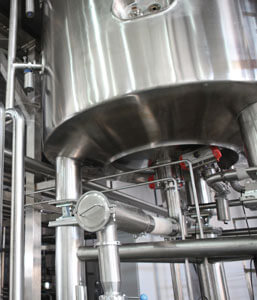Air pressure meter
What is an air pressure meter?
An air pressure meter is a device used to measure the air pressure in a certain environment, it is also known as a manometer. The readings will show the differential pressure as well as the positive and negative pressure.
Where are manometers used?
Common applications for these meters:

Furnace and Boiler Maintenance

Clean Rooms

HVAC

Air Conditioning Units
How does a
manometer work?
A typical manometer consists of a U-shape tube made of glass with one opening for gas to enter, and liquid mercury at the bottom of the U part of the tube. When gas is captured in the open end, it will then be sealed causing it to exert pressure onto the mercury which will move it. If the gas pressure from outside is equal to the the contained gas pressure then the mercury will stay in its original undisturbed position. If the captured gas has higher pressure the mercury will move away from it towards the other side there it has lower pressure, this is true vice versa. Exactly how far the mercury moves is calculated by the manometer which calculates the pressure of the captured gas.

AIR PRESSURE METER
WHAT IS AN AIR PRESSURE METER?
An air pressure meter is a device used to measure the air pressure in a certain environment, it is also known as a manometer. The readings will show the differential pressure as well as the positive and negative pressure.
Buy Now >WHERE ARE MANOMETERS
THEY USED?
Common applications for these meters are used for:

Furnace and Boiler Maintenance

Clean Rooms

HVAC

Air Conditioning Units
HOW DOES A
MANOMETER WORK?
A typical manometer consists of a U-shape tube made of glass with one opening for gas to enter, and liquid mercury at the bottom of the U part of the tube. When gas is captured in the open end, it will then be sealed causing it to exert pressure onto the mercury which will move it. If the gas pressure from outside is equal to the the contained gas pressure then the mercury will stay in its original undisturbed position. If the captured gas has higher pressure the mercury will move away from it towards the other side there it has lower pressure, this is true vice versa. Exactly how far the mercury moves is calculated by the manometer which calculates the pressure of the captured gas.


AIR PRESSURE METER
Monitor the Air Quality
Wherever You Are
